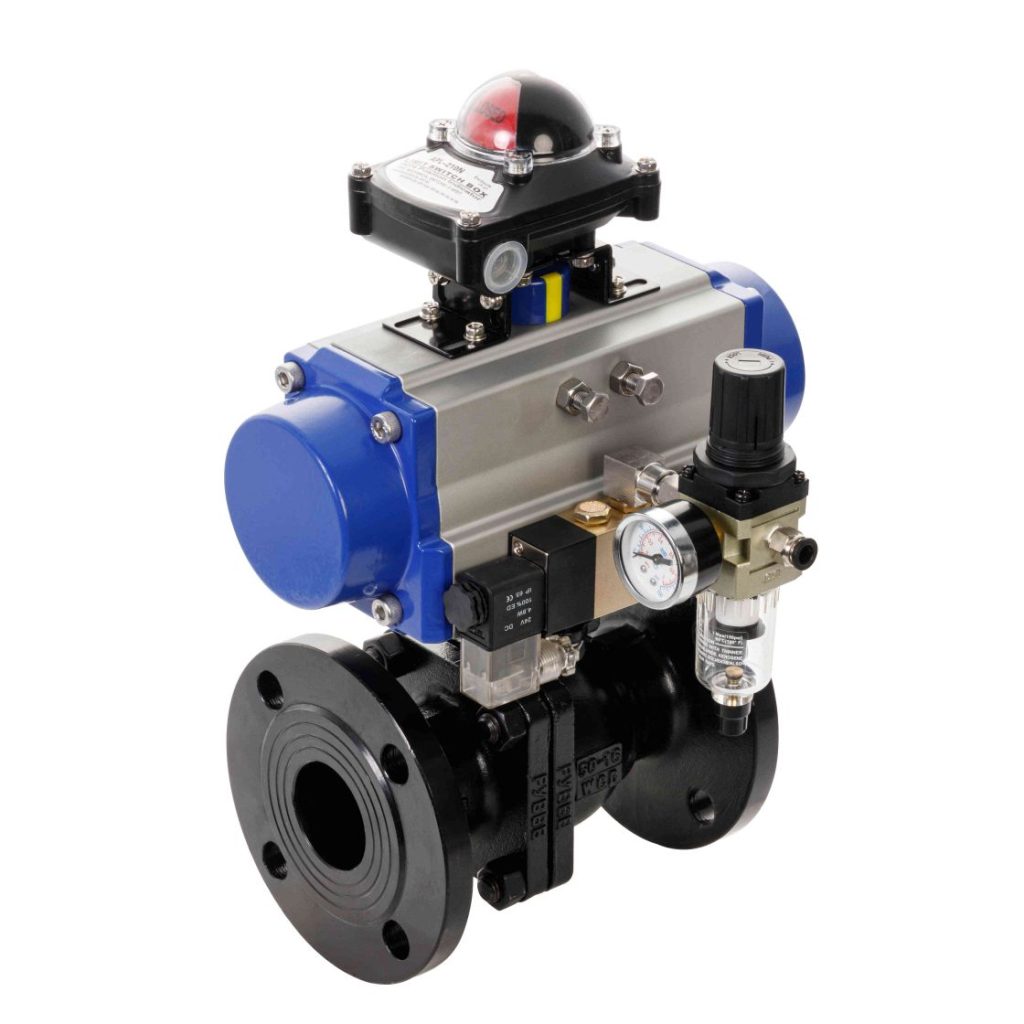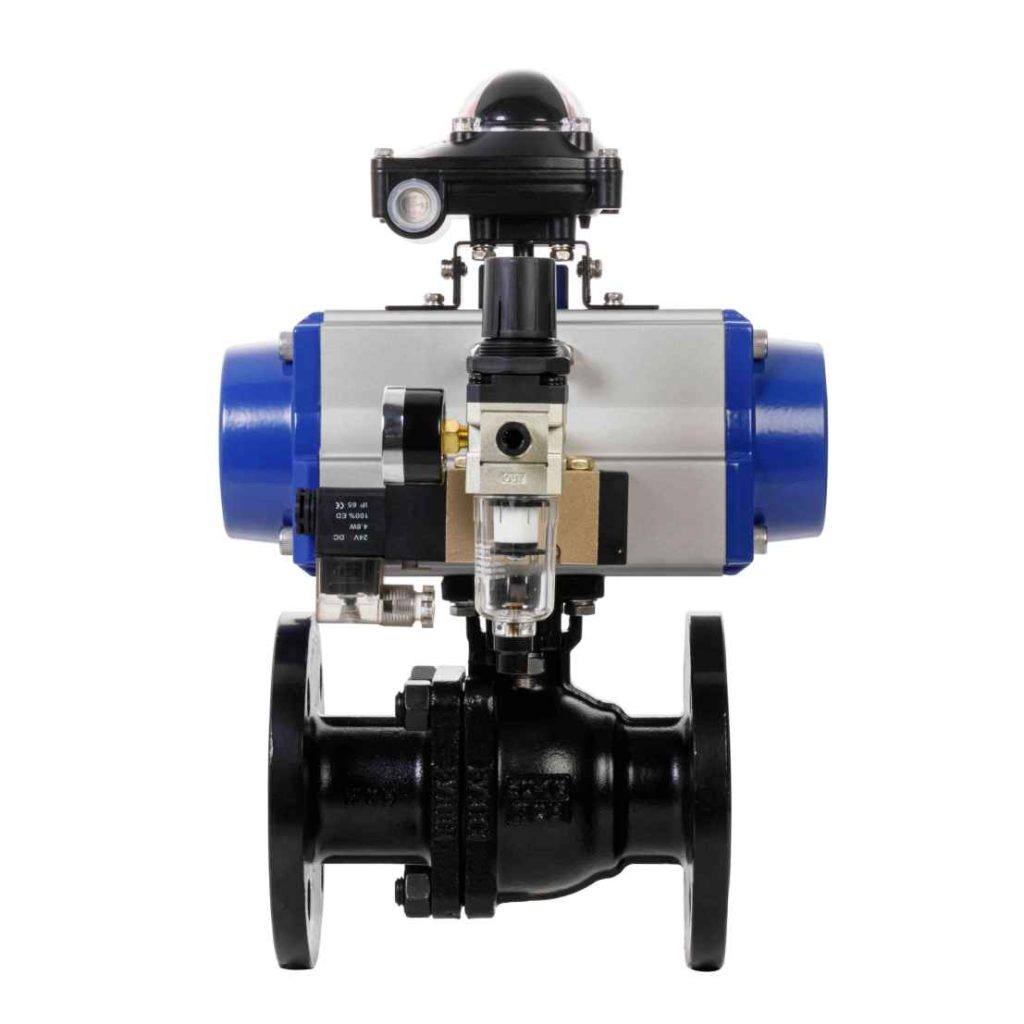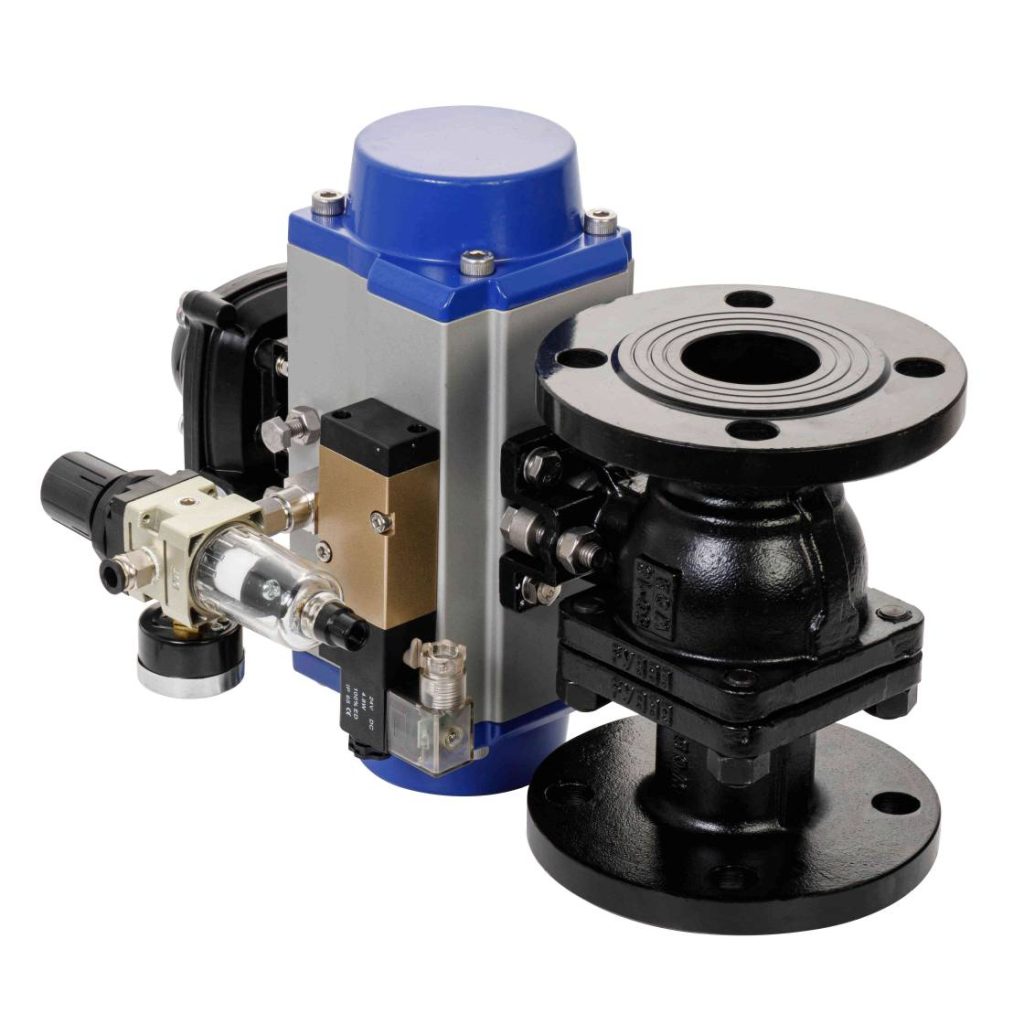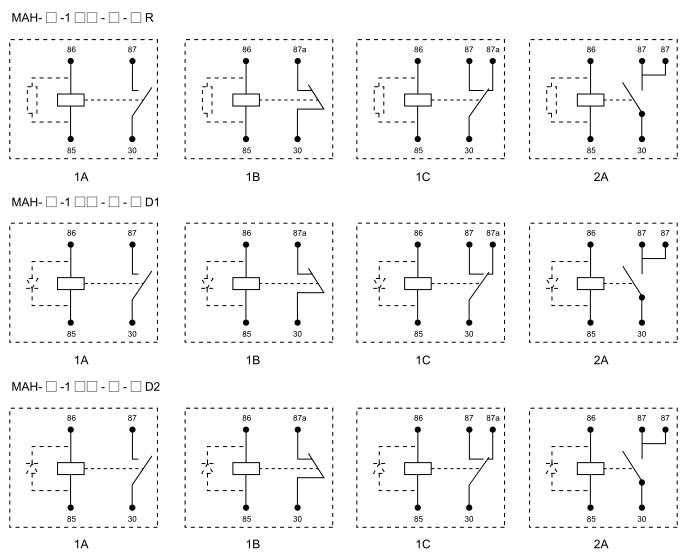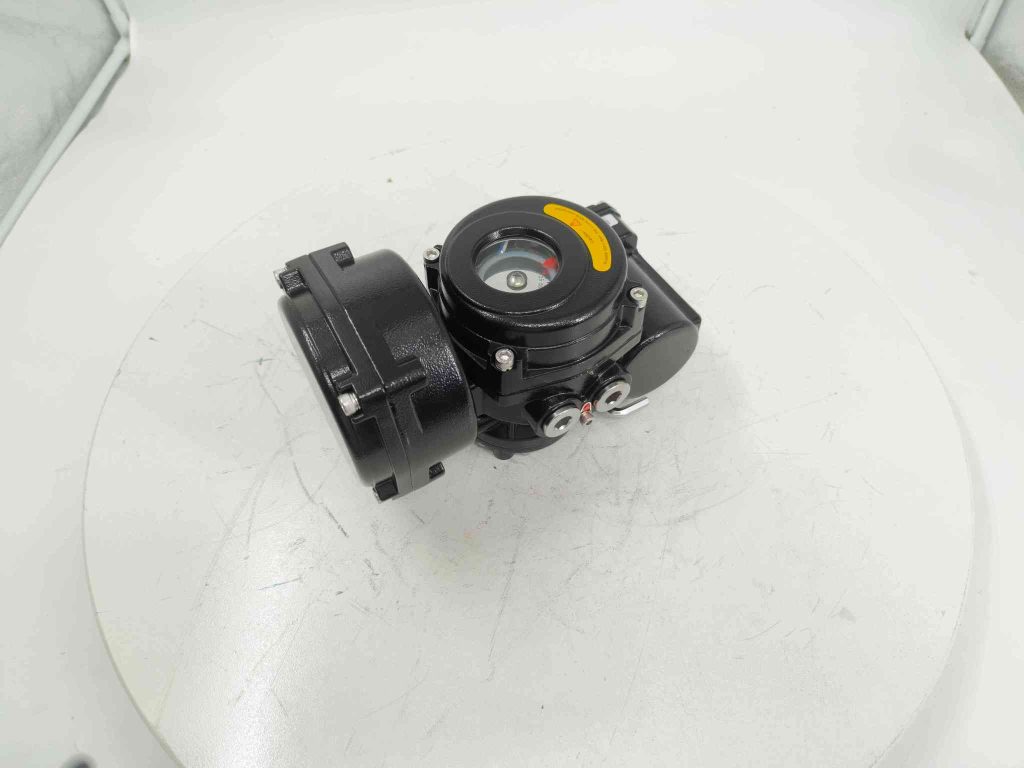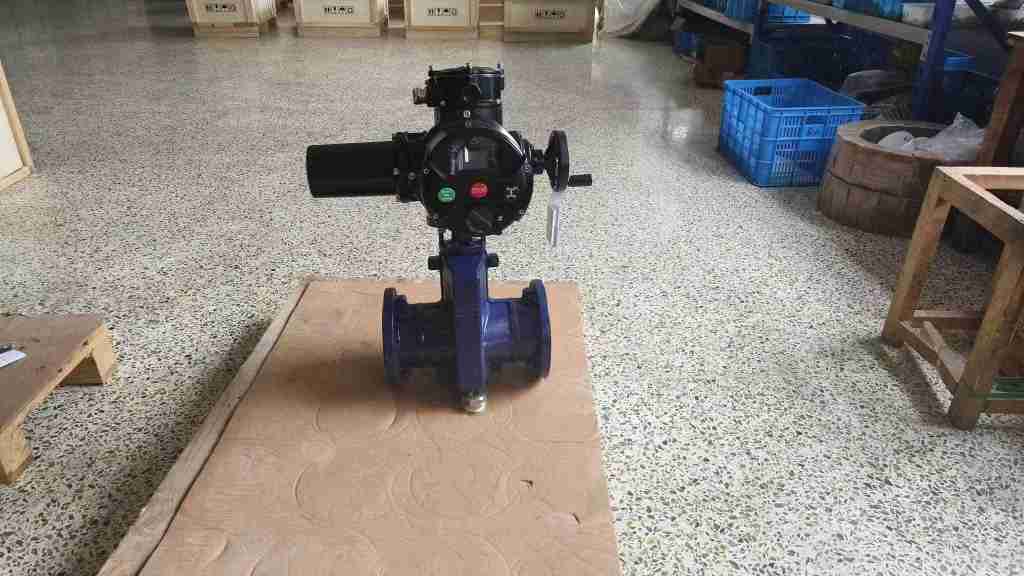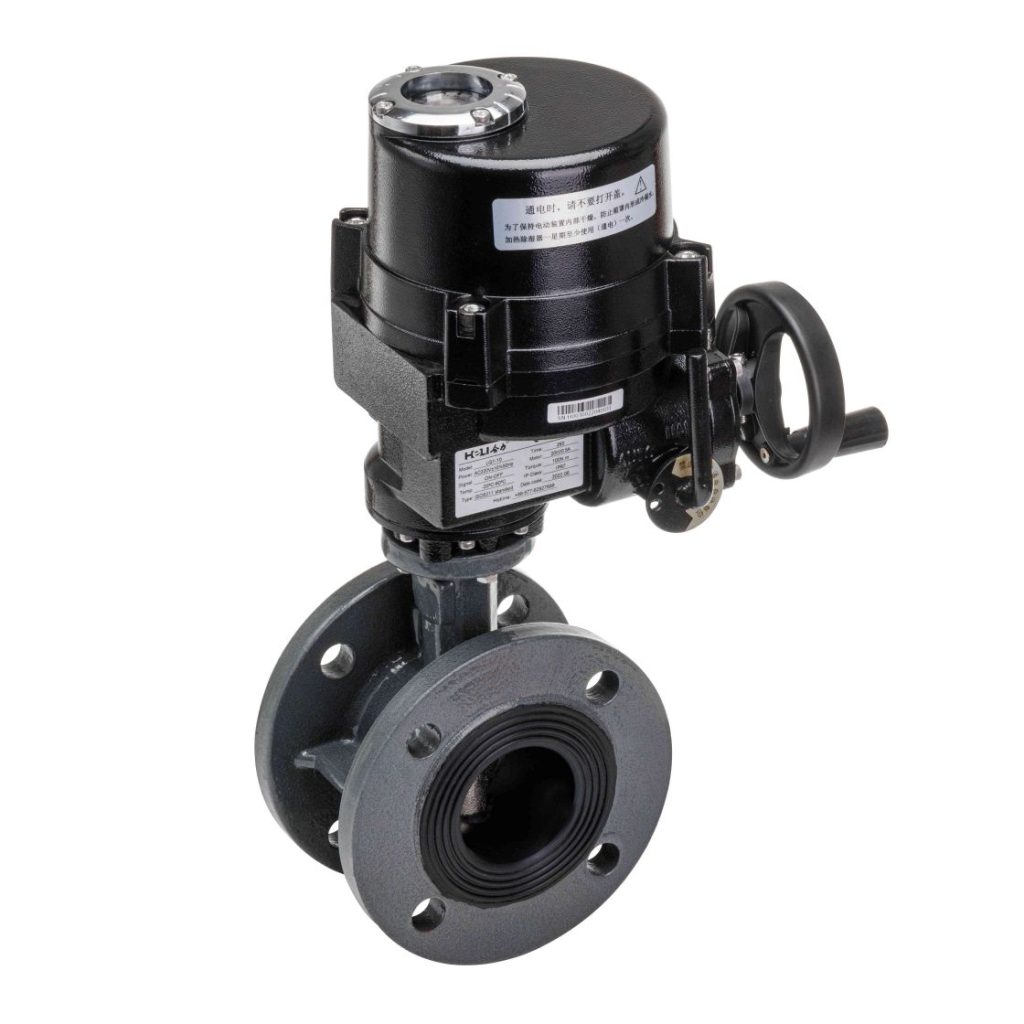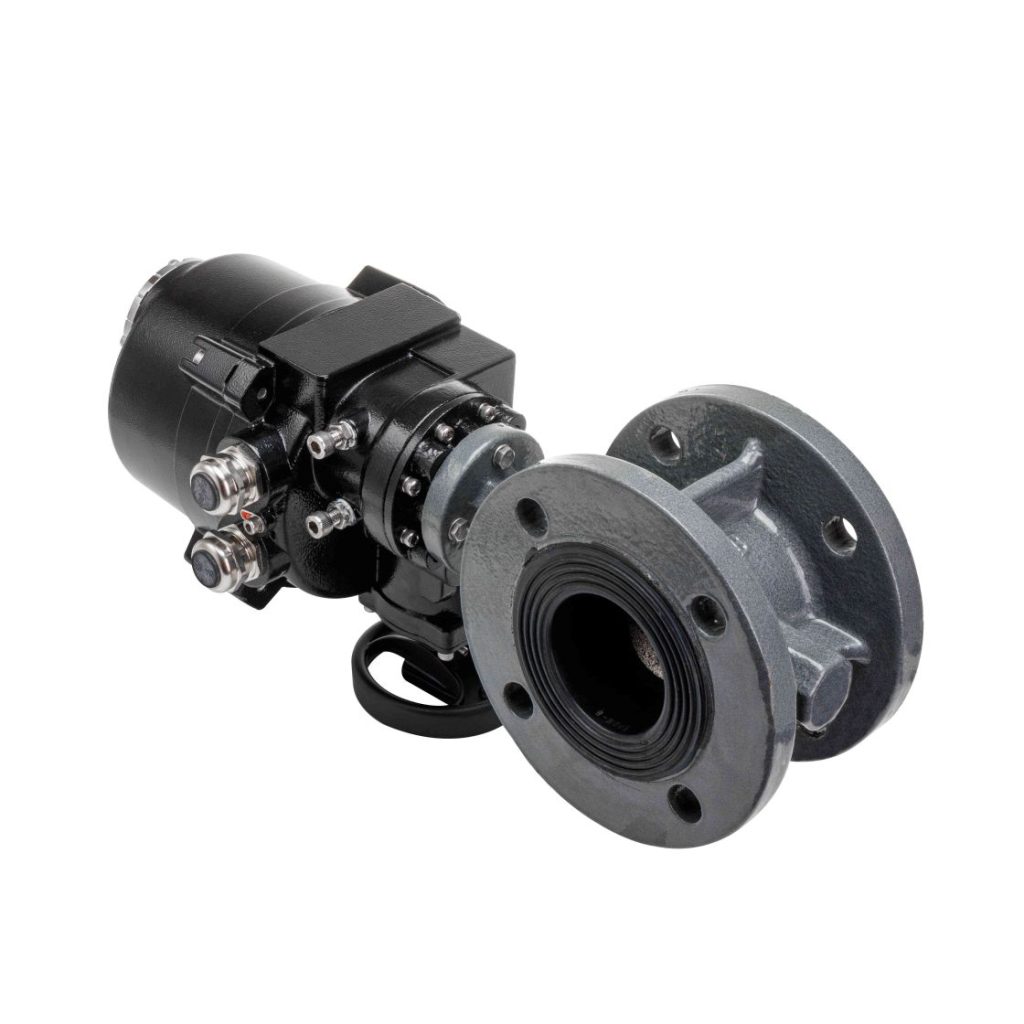In industrial environments, where machines and electrical systems operate at high power and complexity, safety is not just a policy—it is a culture. Among the most effective safety procedures implemented worldwide is the Safety Padlocks Lockout Tagout (LOTO) system. This system provides a structured approach to isolating energy sources, protecting workers from accidental machine start-ups or energy releases during maintenance and repair operations.

Understanding the Concept Lockout Tagout (LOTO) is a safety procedure designed to control hazardous energy. It ensures that machinery or equipment is properly shut off and remains inoperable until maintenance or servicing is completed. The procedure uses two main elements: lockout, which involves the physical locking of energy-isolating devices using safety padlocks, and tagout, which involves attaching warning tags to the locked devices to indicate that they should not be operated. The Role of Safety Padlocks Safety padlocks are the heart of any lockout system. Unlike conventional padlocks, they are specifically designed for safety purposes rather than security. Each safety padlock is assigned to an individual worker, and no two padlocks have the same key—ensuring “one worker, one lock, one key.” This prevents unauthorized removal of locks and guarantees accountability.
